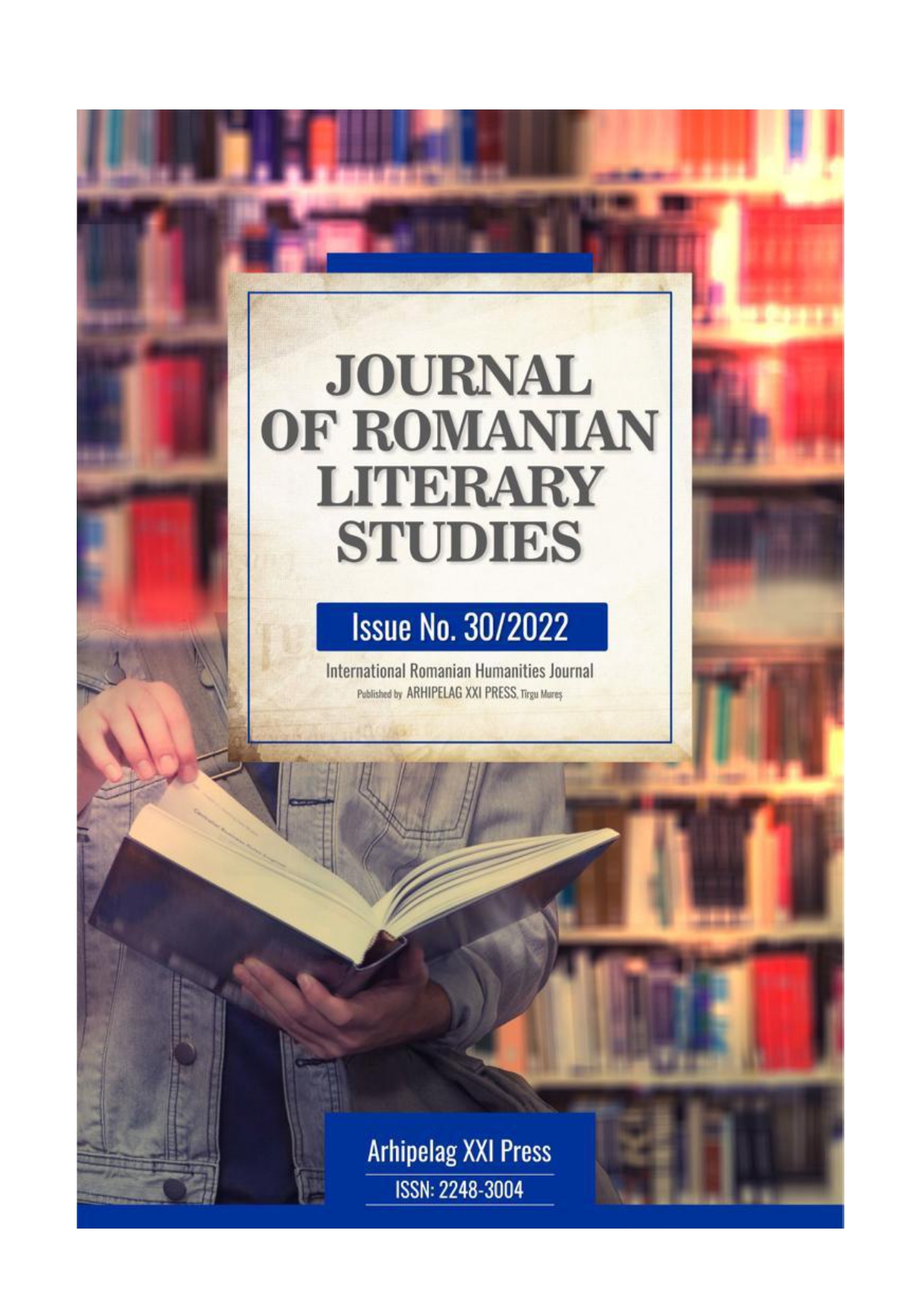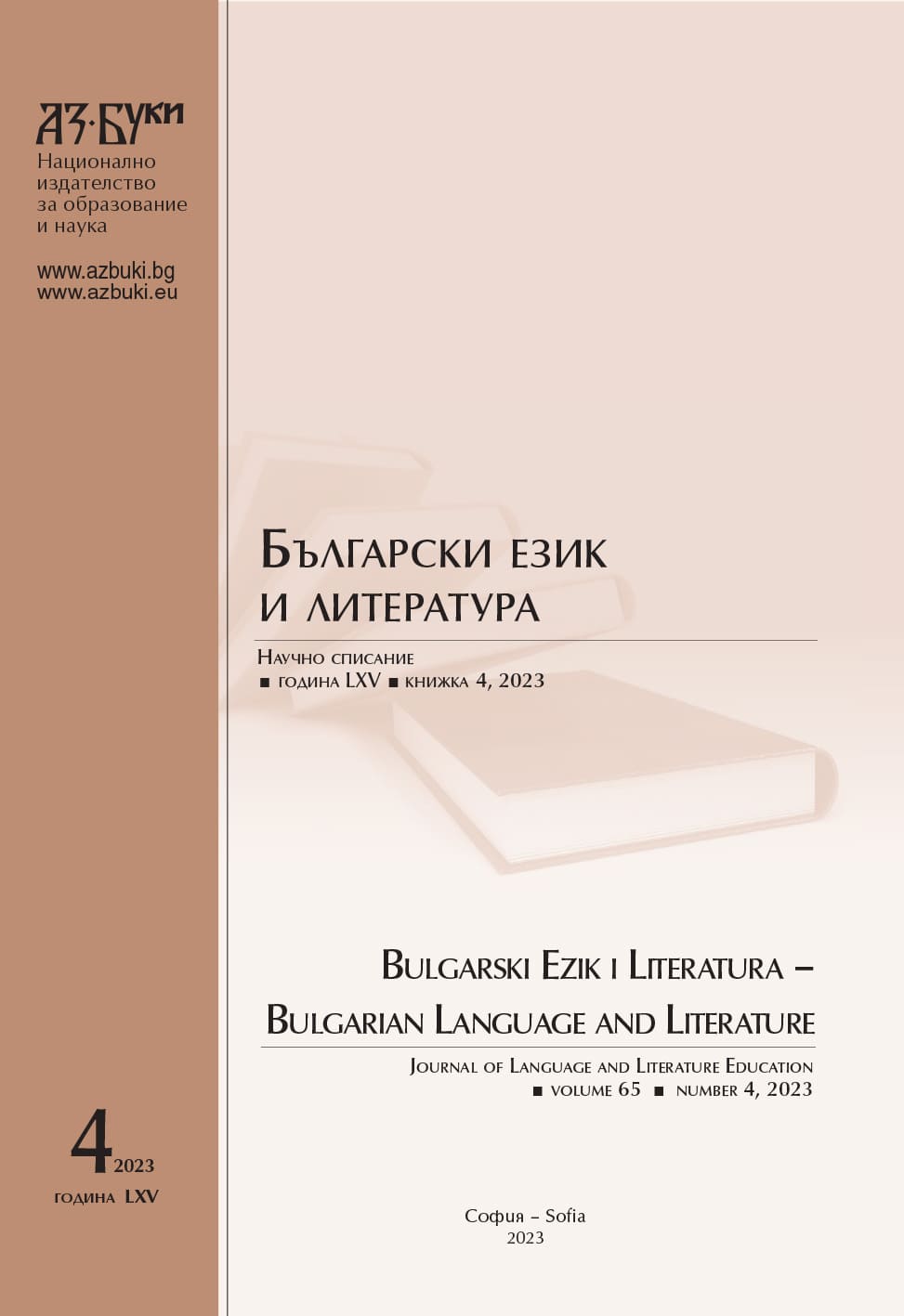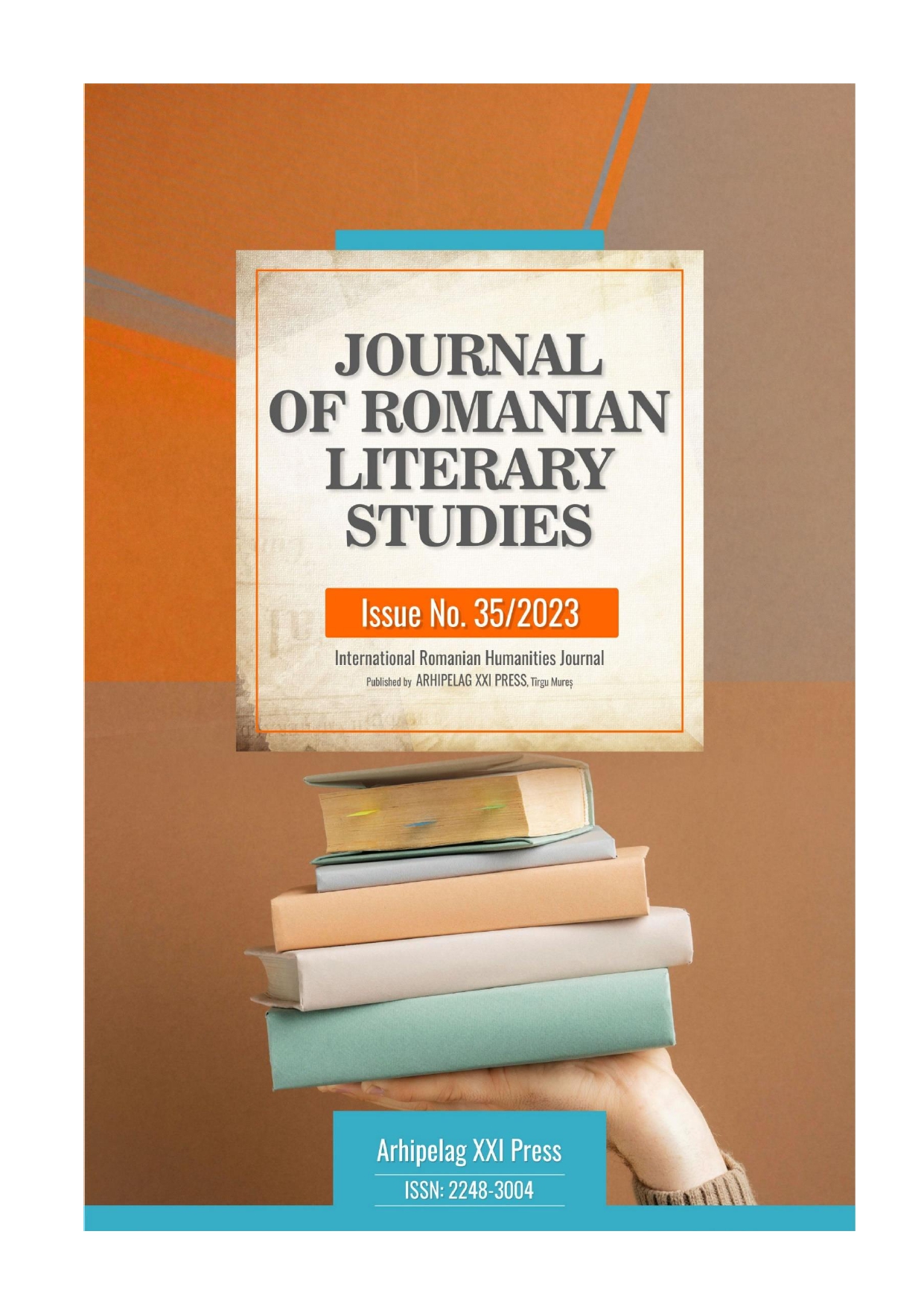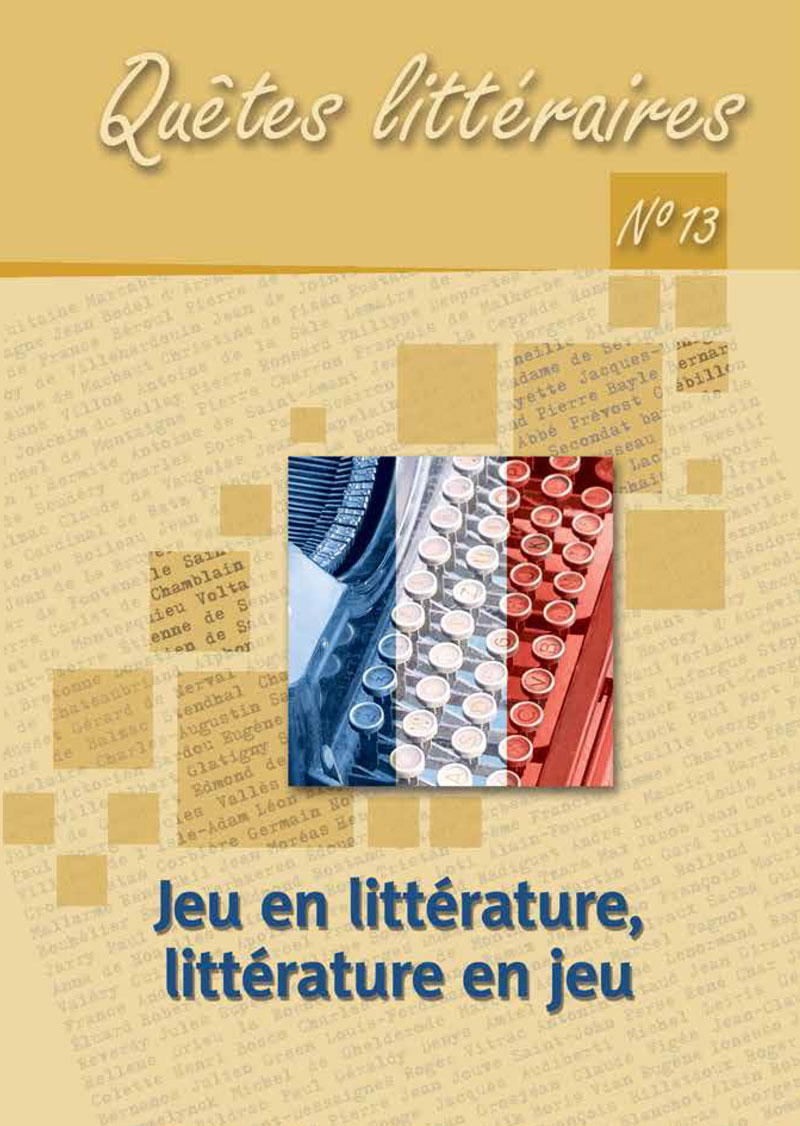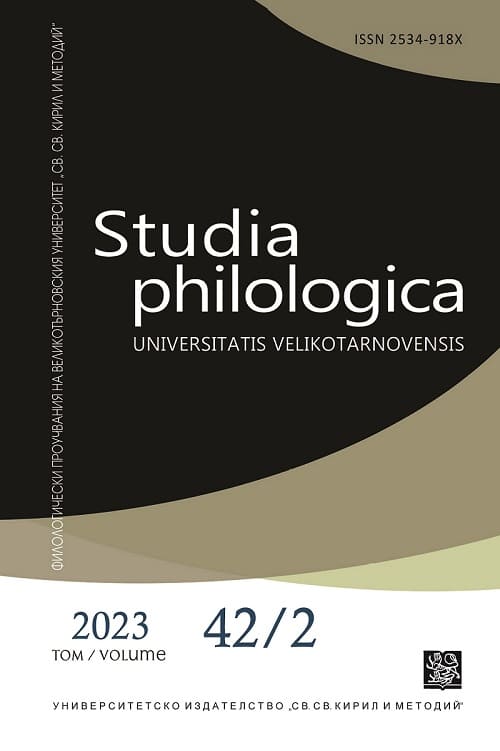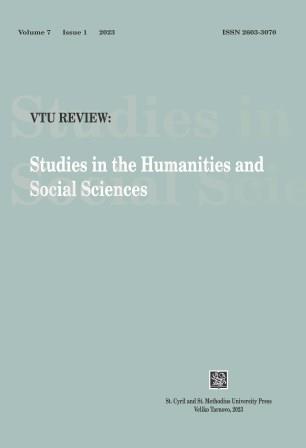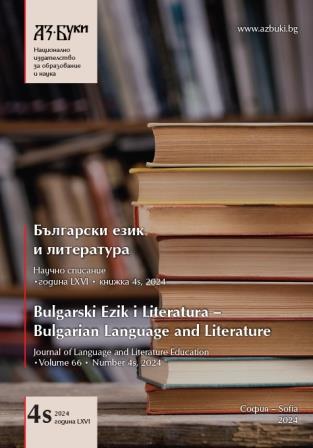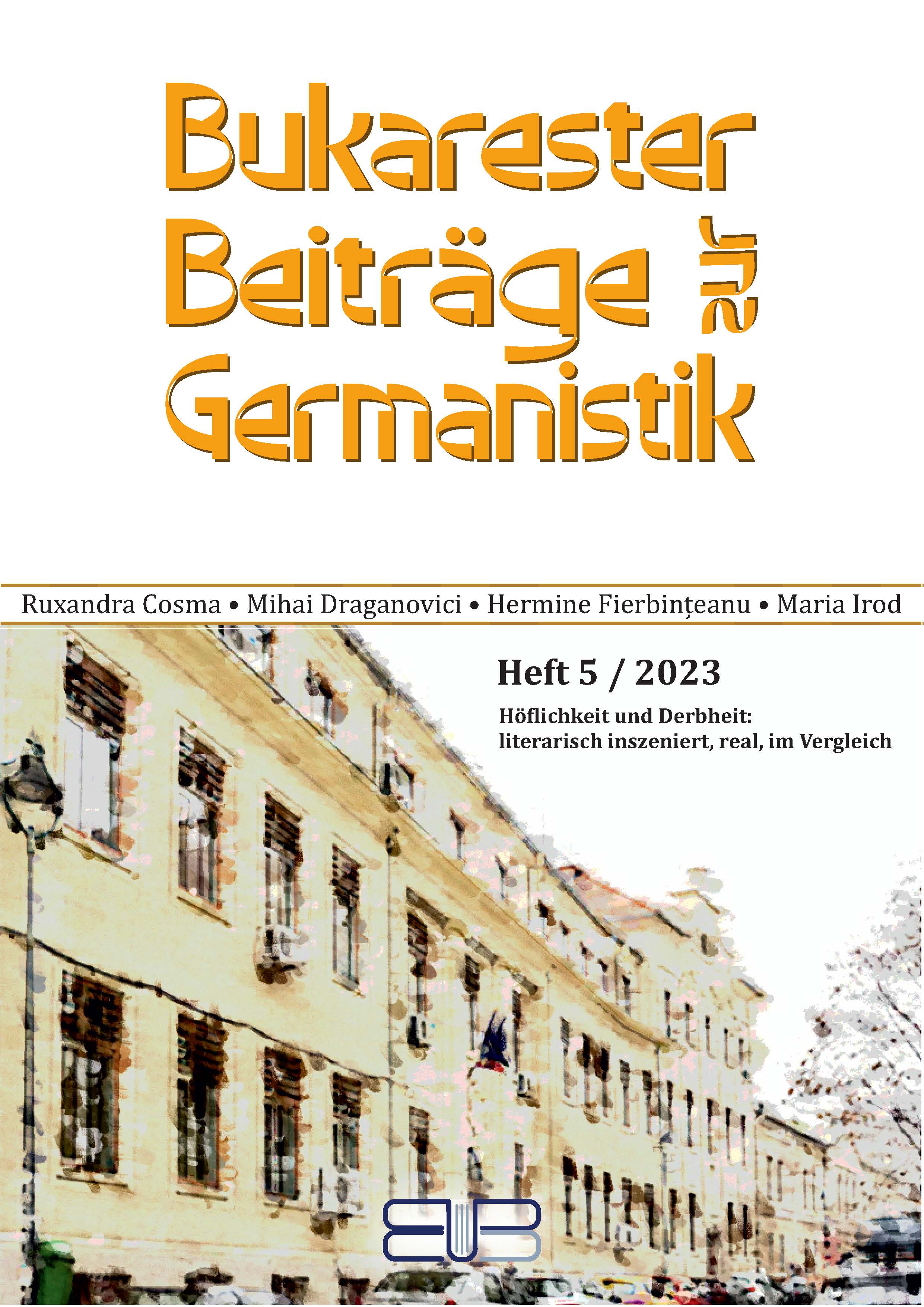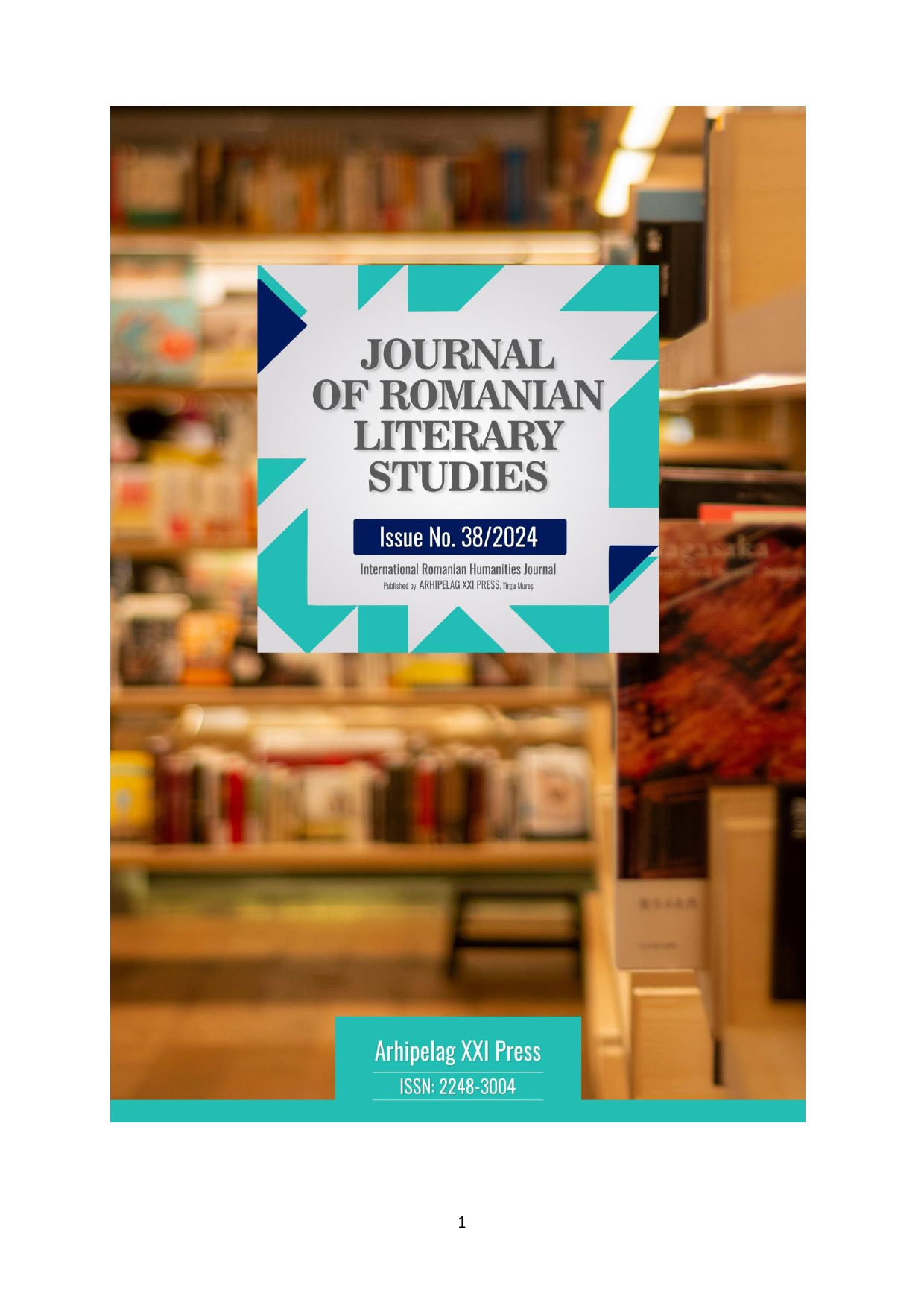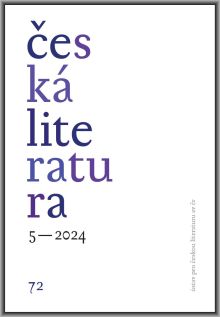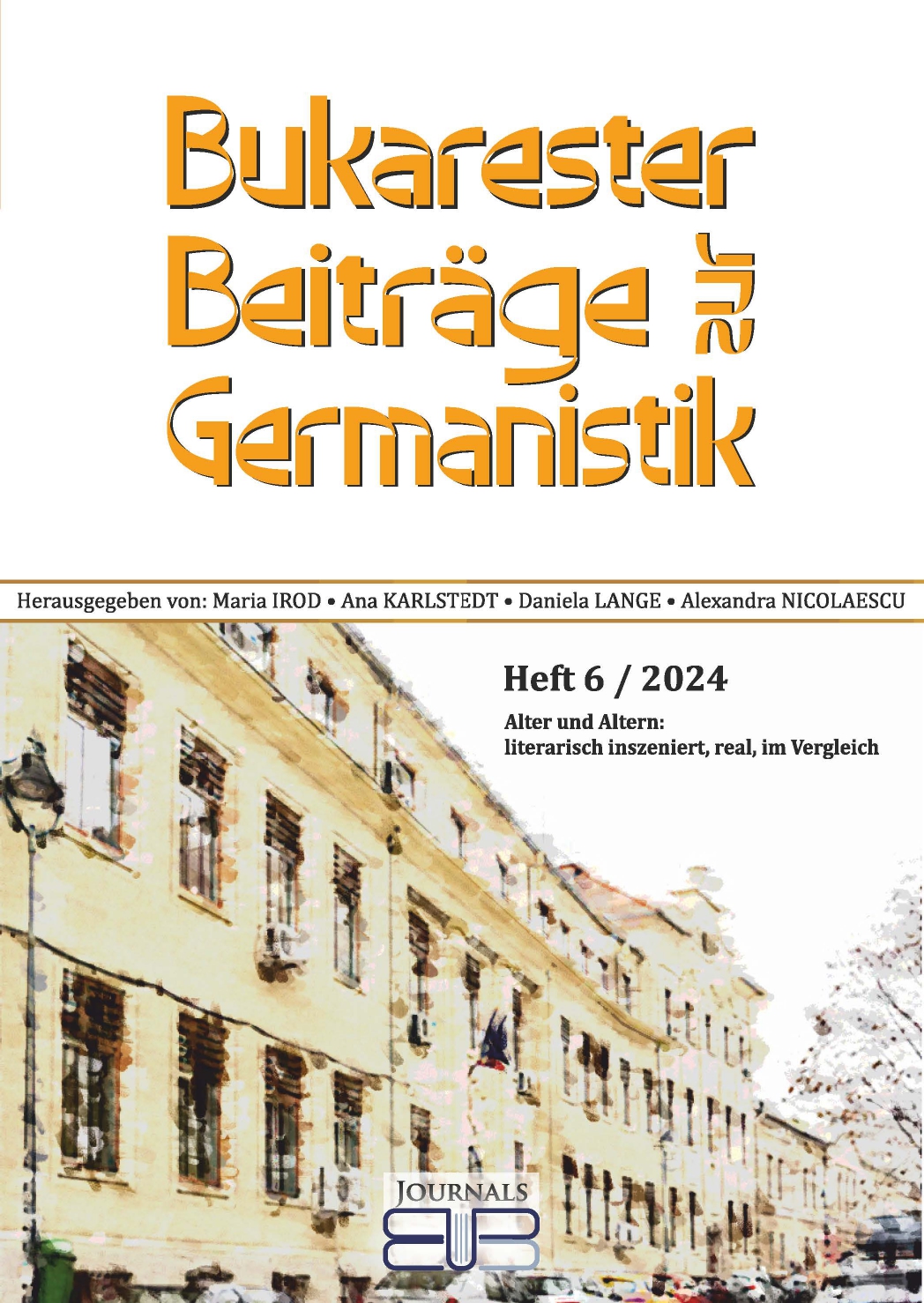JEZUITSKÉ DIVADLO V SPIŠSKEJ KAPITULE DIVADELNÉ DRÁMY Z POLOVICE 17. STOROČIA
At a time when the elements of theatre were introduced into the everyday life of European royal courts, whether it was a strict Spanish court ceremony in Madrid Royal Court in Vienna, or the French court ceremony, such tendencies influenced also the ways of staging religious events. Magnificent processions during major Christian holidays, announcements of the saints, carrying of relics became an impressive self representation. It was the religious influence of the period which brought new impulses into drama. Horizontal of human world, which inspires commedia dell‘arte and Elizabethan theatre, is completed by the vertical: Baroque Drama extends „from heaven through the world to hell.“ As such, it represents the restoration of the medieval cosmos transcendent. The basis of Baroque theater represents tension between immanence and transcendence and every event on stage is part of the history of salvation. The focus of our research is on the Jesuit College in Spišská Kapitula, representing a participation of northeastern part of the Austro-Hungarian monarchy on the rich cultural life of Baroque Europe. General tendncy towards dramatisation of life is represented, inter alia, by tireless creative activity of the Jesuits, supported by a few individual members from among the nobility and clergy. The author examines the preserved documentation for the productions Sapientia Salomonis Quesita et Possessa (1649) and Magnes Amoris Divini (1650).
More...
